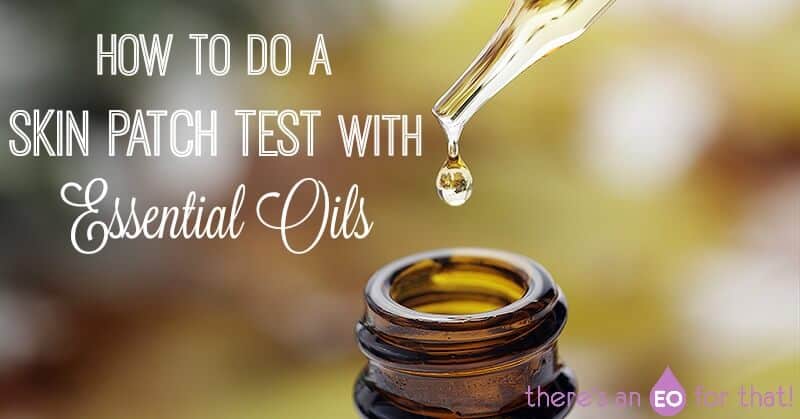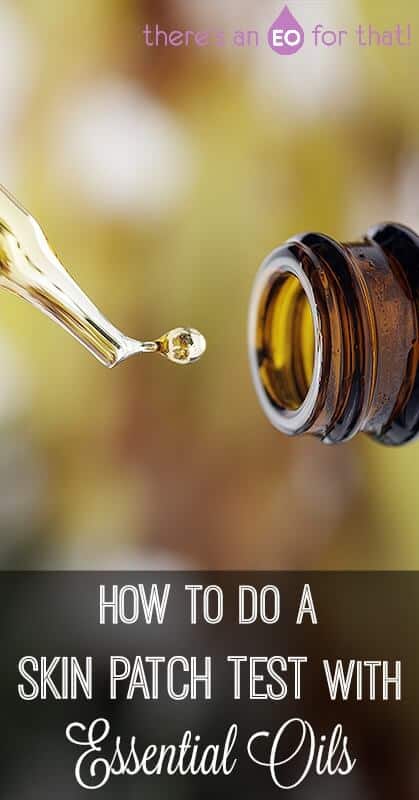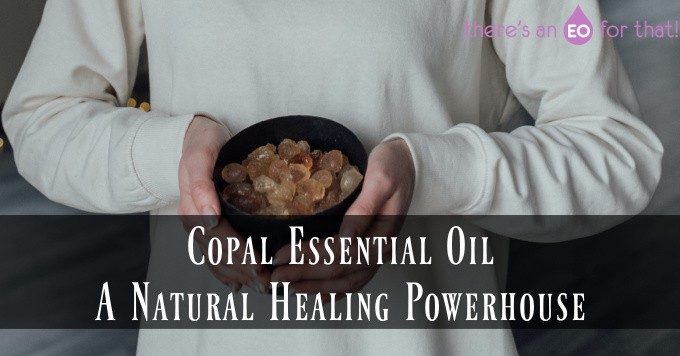Learning how to do a skin patch test with essential oils is one of the most important things to learn when using these potent plant essences. Not only will it help you determine which oils are safe for you to use, but also which ones are safe for clients, friends, and family.
How to do a Skin Patch Test with Essential Oils
Before you delve into applying every EO can get your hands on, it’s a good idea to do a skin patch test especially if you have sensitive skin.
This is because some essential oils may cause an allergic reaction like itching, burning, redness, swelling, blistering (in extreme cases), or sensitization, a chronic skin reaction to a specific oil.
Each person is going to react differently to each essential oil which is why it’s wise to know your body and the constitution of others before applying them on the skin.
Even essential oils that have been touted to be extremely safe for use have caused instances of sensitization. All in all, it’s better to be safe than sorry!
What is a Skin Patch Test?
A skin patch test is a simple method where you take a substance like an essential oil, and apply it to sensitive areas of the body like the inner wrist, inner elbow, and the backs of the knees.
The essential oil you are testing gets left on for 12-24 hours which helps you determine if that oil is safe for you to use topically.
Generally, you test two different areas at once as a sort of control. Certain areas of the skin may be more sensitive than others which is another reason to test more than one area at once.
This helps you estimate the best dilution ratios that are comfortable for you and your family.
When Should You Do a Skin Patch Test?
If you are someone who has sensitive skin, has a lot of allergies, gets welts, hives, or rashes easily, or is taking a lot of prescription medications, then you should do a patch test.
Step-by-Step Skin Patch Test for Essential Oils
Here’s a simple guide on how to perform a skin patch test using essential oils:
1. Before you begin, make sure that your test areas are freshly washed to ensure that your test results are uncompromised.
2. Now you will need a carrier oil like jojoba, sweet almond, grapeseed, or fractionated coconut oil. You can even use olive oil from the pantry!
3. Next, measure out 1 teaspoon of carrier oil into a small glass dish and add one drop of the essential oil you are testing. Be sure to only test ONE essential oil per testing period.
4. Mix the EO into the carrier oil and then grab a Q-tip. Dip it in the mixture and apply a dab on your inner wrist. Apply a small waterproof bandage over it. It’s important to keep the area dry so that water doesn’t interfere with your results.
5. Next apply a dab on your inner elbow and cover that with a small waterproof bandage.
6. Leave these on for 24 hours UNLESS you feel uncomfortable. This can be a burning or itching sensation. If you experience this or anything worse, immediately take off the bandage and wash the area with soap and water. Clearly you’re allergic to that essential oil if this happens!
7. If after 24 hours there is no visible irritation after removing the bandages, you’re good to go! That essential oil is safe for you to use topically!
Keep in mind:
• Even if a particular essential oil does not irritate YOUR skin, it may still irritate others. It’s a great idea to test your whole family so that you know which oils are best for who.
• If you are allergic to a particular plant, you’re most likely allergic to its essential oil. For example, this could be lemongrass, ginger, lavender, citrus, cinnamon, etc!
• A reaction to an essential oil is NOT limited to topical side effects. Though rare, some individuals can experience headaches, nausea, and dizziness after applying an oil. If this happens to you, wash the area immediately!
How to do a Skin Patch Test with Essential Oils for Children
If the topical use of essential oils is necessary for your child, learning how to do a proper skin patch test for children is really important. This is because dilutions change depending on age, so pay attention!
Up to Age 2
For children up to age two, you will need a 0-0.25% dilution for safe topical use and skin patch testing.
To do this, add one drop of age-appropriate, child-safe essential oil to 4tsp of carrier oil. Next, apply a small drop of this mixture about an inch below the inner elbow.
Cover with a small piece of gauze and some gentle tape. Leave on for 12-24 hours but check OFTEN.
Ages 2-5
For children ages two through five, you will need a 0.25-0.5 dilution for safe topical use and skin patch testing.
To do this, mix 1-2 drops of age-appropriate, child-safe essential oil with 4tsp of carrier oil. Apply a drop of this mixture one inch below the inner elbow and cover with a bandage.
Leave on for 12-24 hours. Check the area often for any signs of irritation.
Ages 5-12
For children ages five through twelve, mix 1 drop of age-appropriate, child-safe essential oil in 1 teaspoon of carrier oil (this is a 1% dilution ratio). Apply a drop of this mixture to the inner wrist, inner elbow, or both, and cover with a bandage for 12-24 hours. Check periodically to ensure that there is no irritation.
Skin Patch Testing for Pregnant and Nursing Mothers
For pregnant and nursing mothers, a dilution of 1% is appropriate. Do this by mixing one drop of pregnancy/nursing-safe essential oil in 1 teaspoon of carrier oil. For larger quantities, mix 5-6 drops of essential oil in 1oz of carrier oil and so on.
Common Essential Oils That Cause Irritation Topically
Despite your best efforts, there are just some oils that cause more irritation than others for those with sensitive skin types. These are known as “hot” essential oils.
Hot essential oils include (but are not limited to):
• Cinnamon bark
• Cinnamon leaf
• Clove
• Eucalyptus
• Ginger
• Laurel Leaf
• Lemongrass
• Oregano
• Peppermint (this oil’s cooling effect can be irritating to some)
• Ravintsara
• Rosemary
• Tea Tree
• Thyme
• Wintergreen (this intensely cooling oil can “burn”)
When testing these oils, be sure to do so in 1TB of carrier oil instead of 1tsp. If even this dilution irritates your skin, that EO is not for you. T
hese hot essential oils should not be patch-tested on children under 10 years old.
What have been your skin patch test experiences?
Don't forget to check out the article below for more essential oil support:
Essential Oils for Sleep
Essential oils for Digestion
How to Support the Thyroid with Essential Oils






Leave a Reply